Rapid Prototyping Project
This research project explored how digital methodology aligns itself with the tradition of sculpture and how these notions effect an alternative methodology to the materiality of a sculptural tradition?
Featured Media
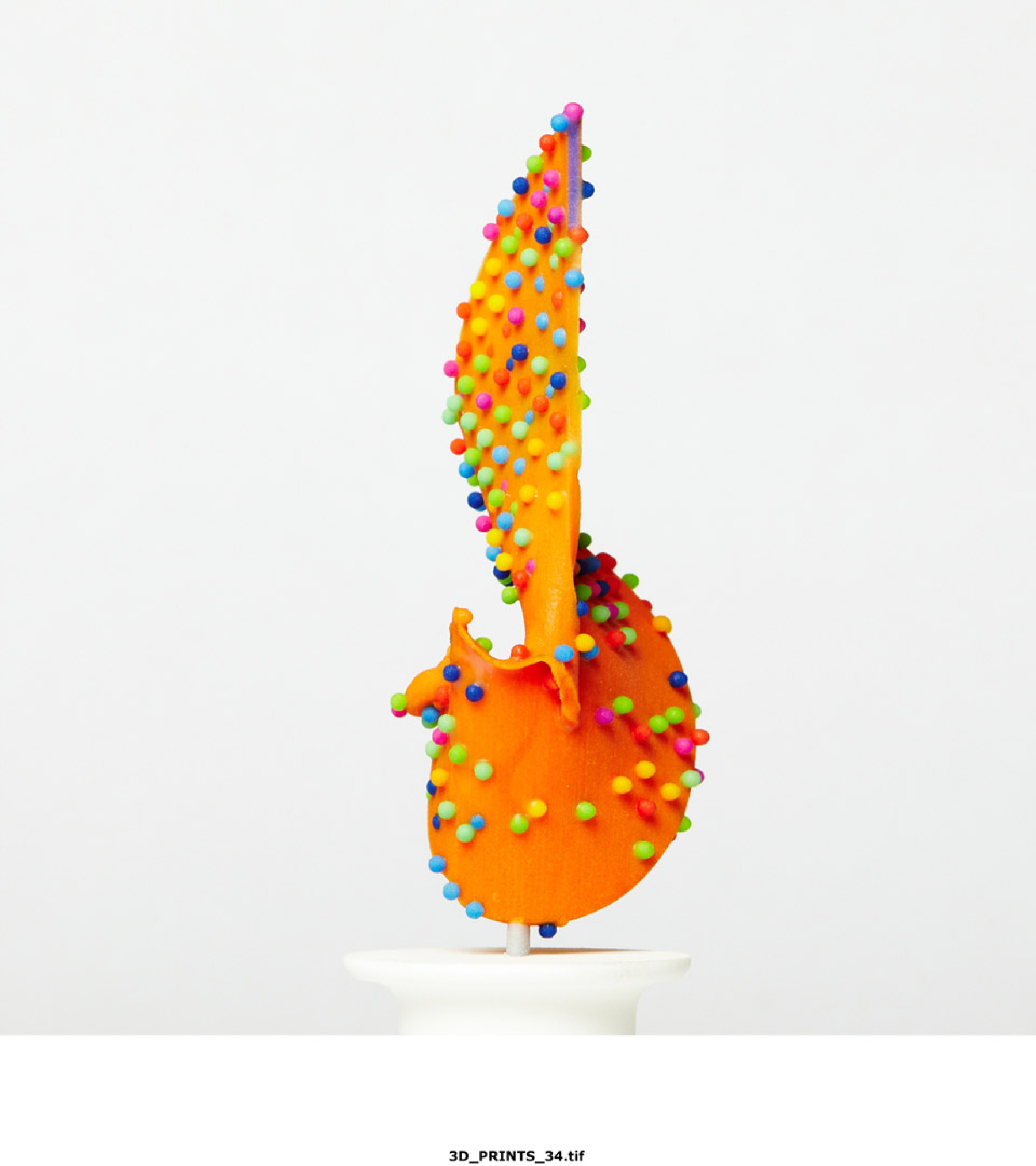
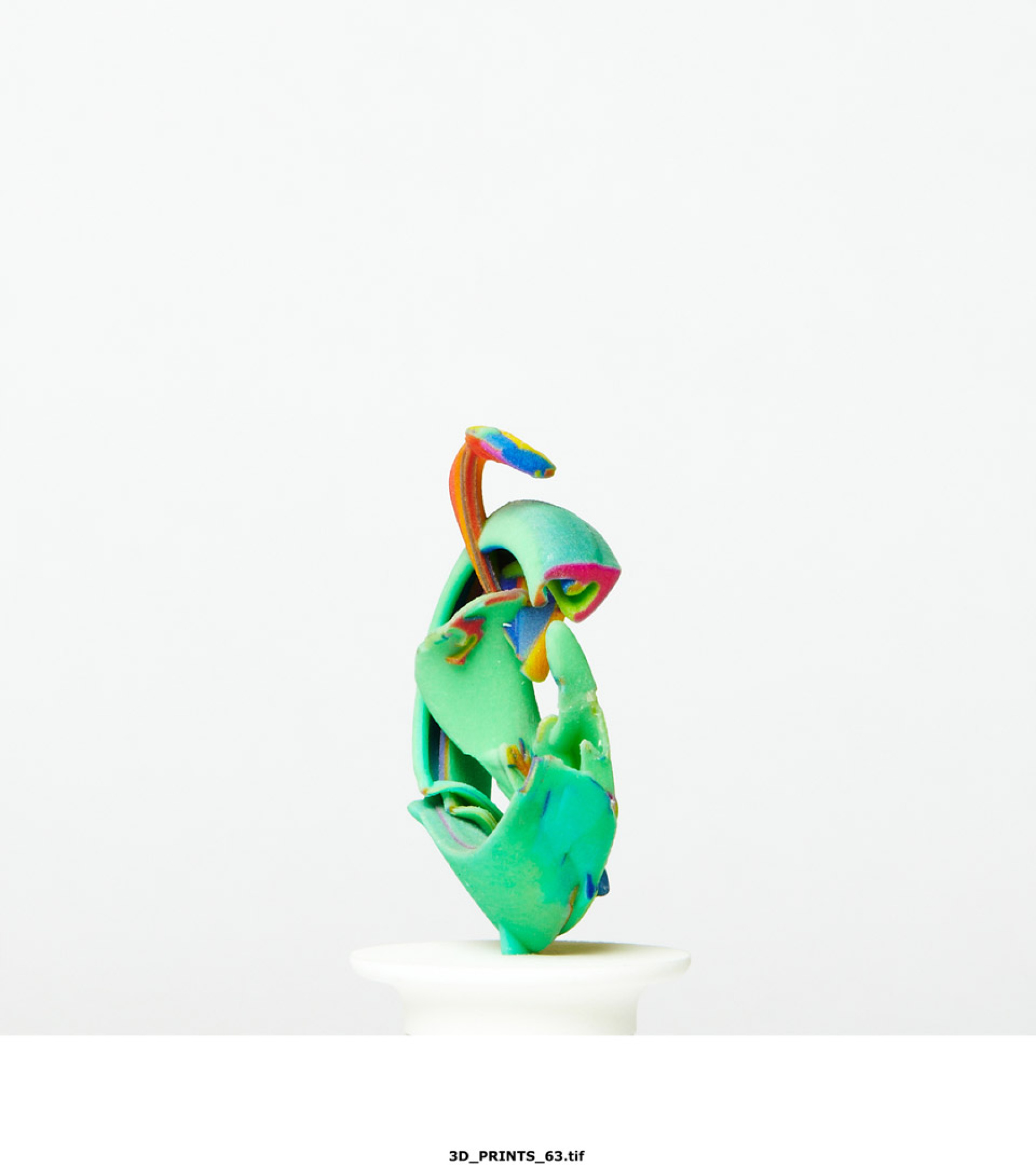
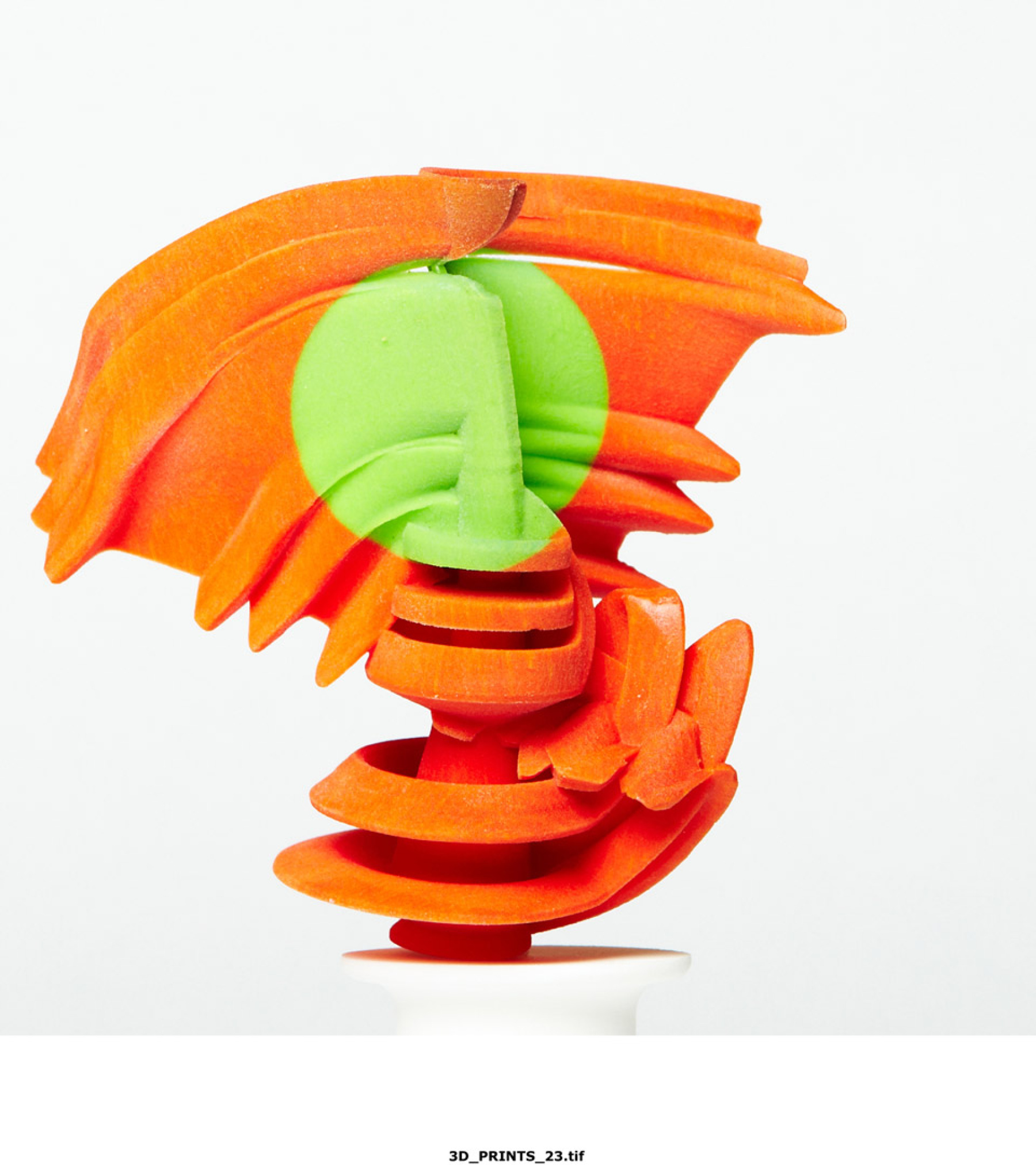
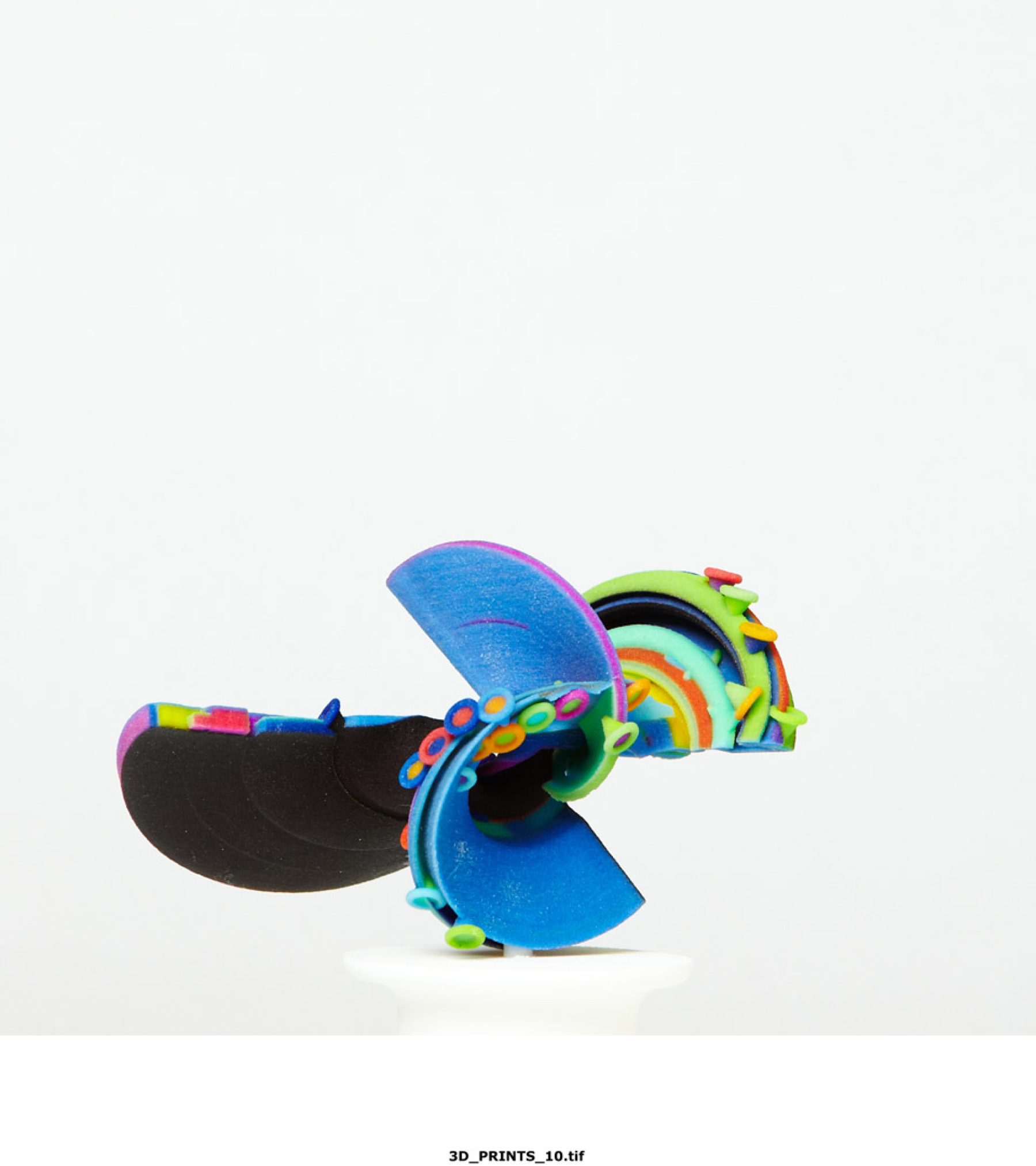
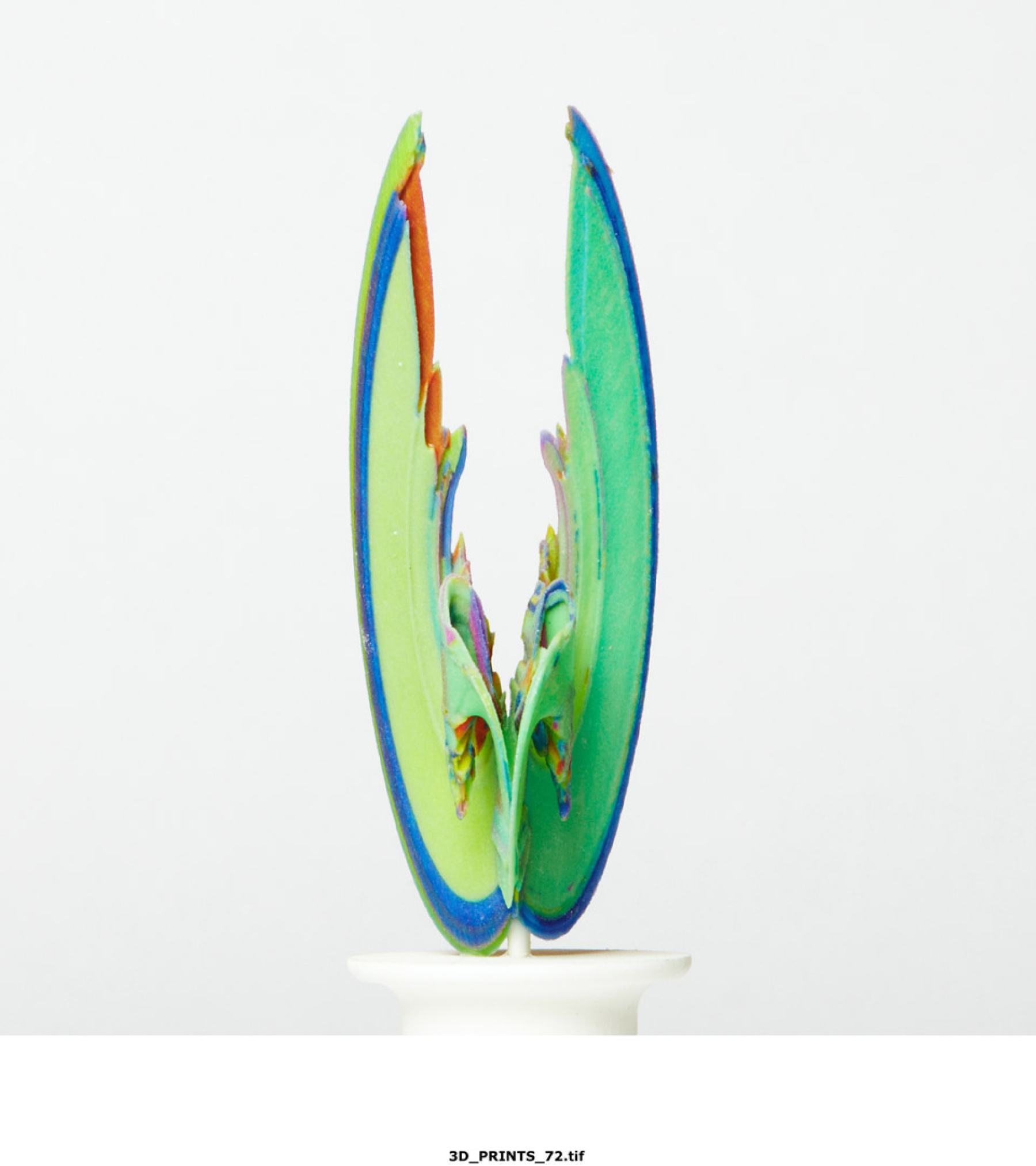
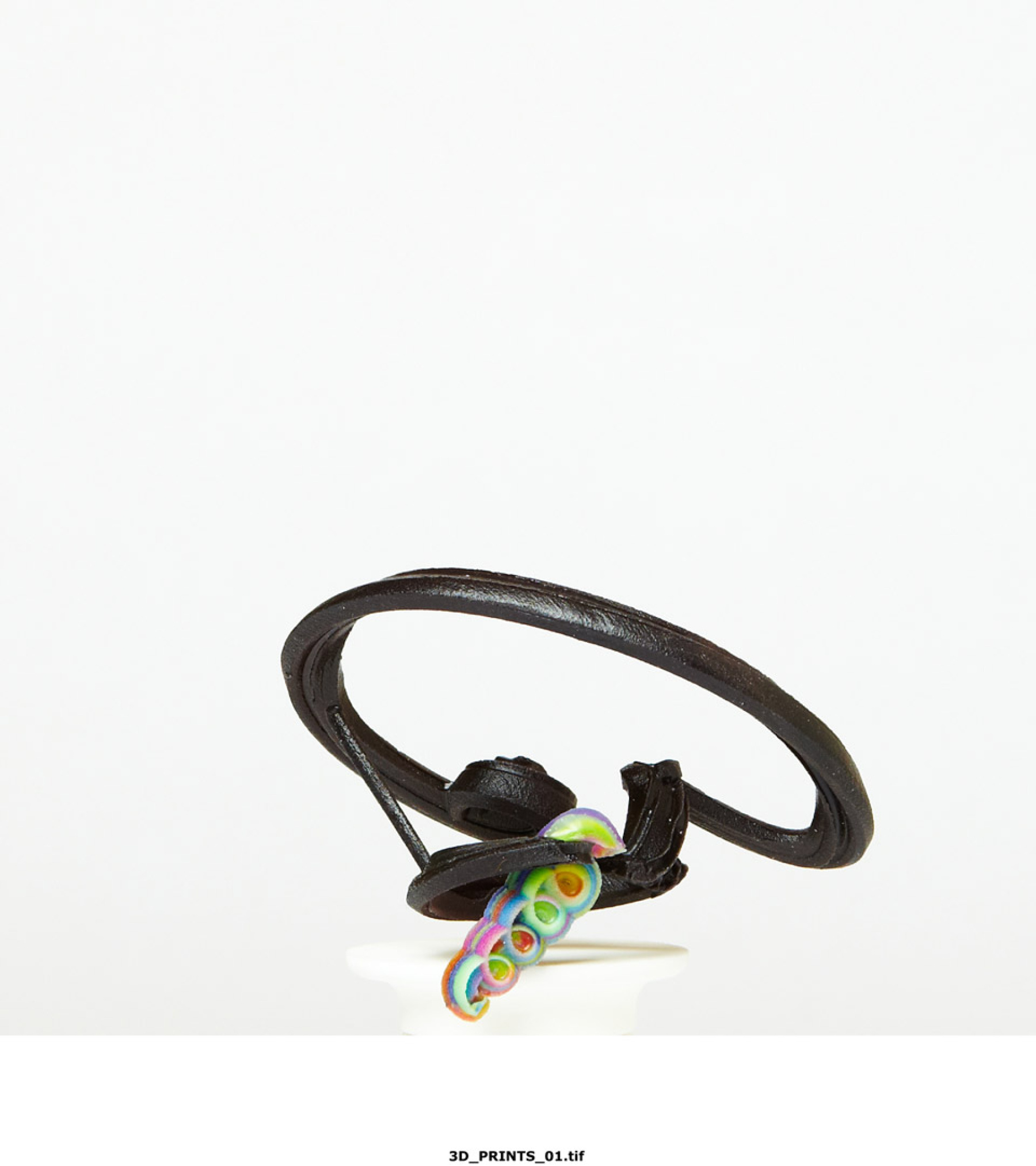






My continuing research project is built upon the ideas and interests I initiated at the Slade School of Fine Art, under the title "Sculpture through the Keyboard", which formed part of my research programme. How does digital methodology align itself with the tradition of sculpture and how do these notions effect an alternative methodology to the materiality of a sculptural tradition? In the quest to tackle these questions and as these notions and thoughts evolved I became fascinated with the possibilities of the computer being used as a sculptural tool in my established studio practice.
In 2001 I received a two year Henry Moore Scholarship to explore how the computer could be used to explore my personal vision through virtual modelling to a final digital manufactured form. The aim was to use the computer not only to provide ideas and data to support traditional construction but also to use it in the production process of the final pieces. This became possible through 3D manufacture or digital engineering.
As a researcher I wanted to establish a marker for sculptural practice that would establish a more direct translation from idea and vision to material outcome. In turn this led me to consider the attributes of CAD CAM as departure point. Engineers, architects and designers were fully conversant with these applications, however they were intent on using them to resolve practical or functional problems. I was more interested in them as a phenomenon that might pose or offer aesthetic interpretations.
In 2004 following the Henry Moore scholarship, I was fortunate to expand my interest in the direction of 3D scanning, with the full support of both the practical and intellectual expertise of Professor Stuart Robson of UCL's Geomatic Engineering, who guided me through the complexities of this science. As its mysteries unfolded I realised the importance of the connections and potential that existed between 3D scanning and the expanding interest in digital manufacture that was at that time being initiated at UCL’s Bartlett School of Architecture. In 2006 I was given the opportunity by the Slade to engage the expertise of Chris Cornish (a Slade alumnus) as an honorary research assistant. He had been working in the digital visualisation industry in which 3D scanning played a pivotal role. His extensive knowledge in this area opened up the potential for 3D research at the Slade, while fertilising discussion and encouraging close liaison across a number of disciplines.
From this platform we were invited to be involved in projects that included the scanning of the "Elgin Marbles" at the British Museum for Niall Mclaughlin Architects, the results of which now manifest themselves as one of the facades in the Athletes Village at the pending Olympics.
More latterly we were asked to collaborate on the ill-fated Mark Wallinger "Kent Horse" commission, where 3D scanning technology was tested to its limit in the scanning of a live horse. Together we instigated a series of workshops named ScanLab with students at UCL’s Bartlett School of Architecture which formed the underpinning to the possibilities of revisiting the tradition of the "Life Room" through the data gathering principles of the 3D scanner.
All this experience has fed into my present, more personal research, allowing me to challenge and circumvent the traditional sculptural methods of modeling, carving and construction; seeking to make complete pieces that could be conjured up on the computer screen, involving complex, paradoxical, chance relationships that would be impossible to invent with traditional studio tools.
On reflection the experience has been one of focused technical investigation of computer aided design and manufacture, to give me the rapport and fluency with virtual tools to continue my sculptural vision by other means. The calculation and technical rigour of the computer programming supports a process that is capable of offering up the unexpected, even "accidents" in the appearance and orientation of the 3D printed objects.
Since my retirement from the Slade in 2010, I have been working with CFPR (Centre for Fine Print Research) at UWE ( University of West England). I am now collaborating with David Huson and Paul Laidler under the directorship of Professor Stephen Hoskins. CFPR is facilitating my research into the potential of colour in Sculptural Fine Art 3D printing. I am also consulting with Kevin P Smith of Global TCT, Essex, specialists in large format 3D printing.